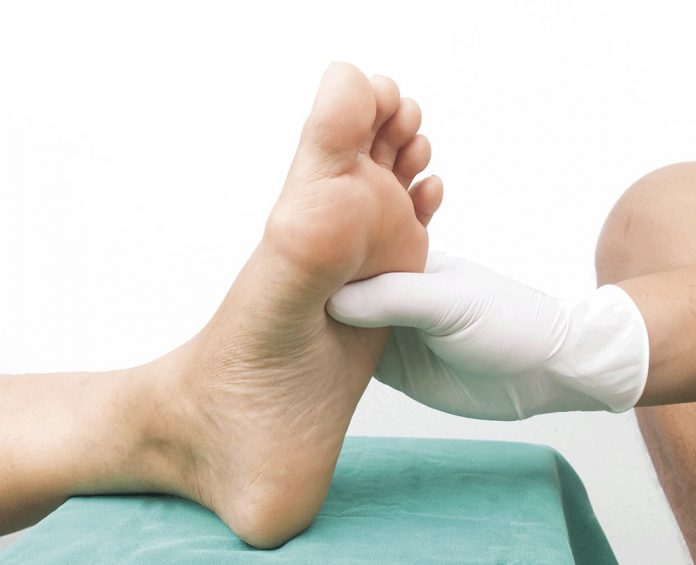Diabetic foot ulcerations – open sores or wounds that refuse to heal – are a devastating complication affecting more than 15 percent of people with diabetes and resulting in more than 70,000 lower extremity amputations per year in the United States alone. Notably, more than half of patients undergoing amputations due to diabetic foot ulcerations are expected to die within five years—a mortality rate higher than most cancers. Yet, the biological processes at work in diabetic foot ulcerations are poorly understood.
To gain a better understanding of what causes diabetic foot ulcers and how they might be treated, researchers at Beth Israel Deaconess Medical Center (BIDMC) and the Emory School of Medicine compared cells taken from patients with ulcers that healed to those taken from patients whose ulcers failed to heal, as well as to cells taken from intact forearm skin in patients with and without diabetes. The scientists mapped the cellular landscape in the diabetic foot ulcers of healers and non-healers using a leading-edge technology known as single-cell RNA-sequencing analysis, which provides deep insight into cell function and the development of disease by revealing gene expression in individual cells in tissues comprised of various cell types.
“Various cell types, including endothelial cells, fibroblasts, keratinocytes and immune cells, play an important role in the wound healing process but little is understood about their involvement in impaired wound healing in diabetic foot ulcers,” said co-corresponding author Aristidis Veves, DSc, MD, director of the Rongxiang Xu, MD, Center for Regenerative Therapeutics and research director of the Joslin-Beth Israel Deaconess Foot Center. “We have now substantially expanded the number of cells sequenced and gained novel insights into diabetic foot ulcers. Our data suggests that specific fibroblast subtypes are key players in healing these ulcers and targeting these cells could be one therapeutic option. While further testing is needed, our data set will be a valuable resource for diabetes, dermatology and wound healing research and can serve as the baseline for designing experiments for the assessment of therapeutic interventions.”
This work was funded in part by the National Institute of Diabetes and Digestive and Kidney Diseases (NIDDK). To see a complete list of funders, coauthors and disclosures, read the full study published in Nature Communications.








